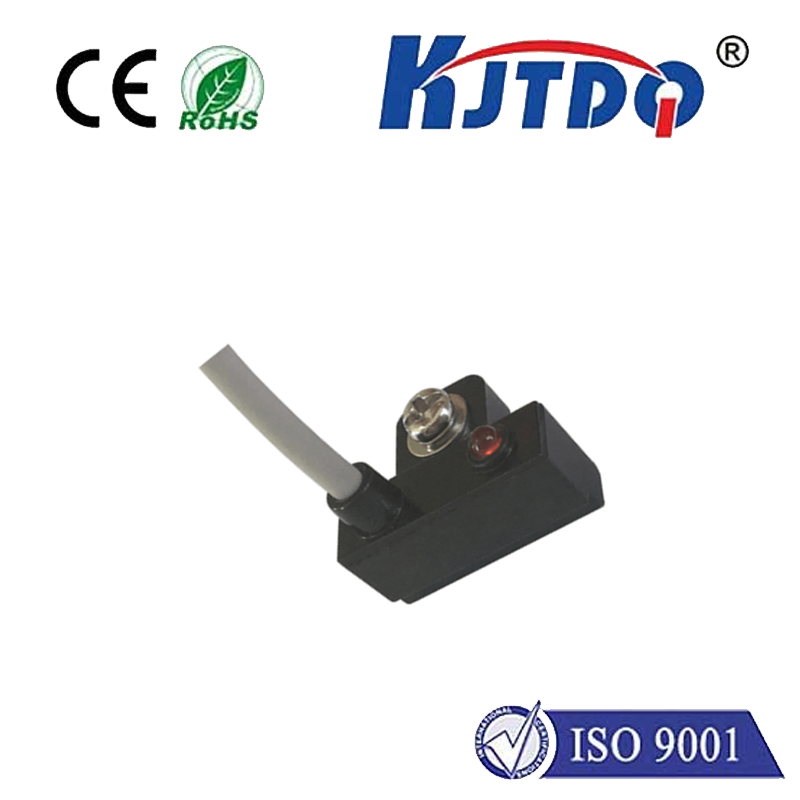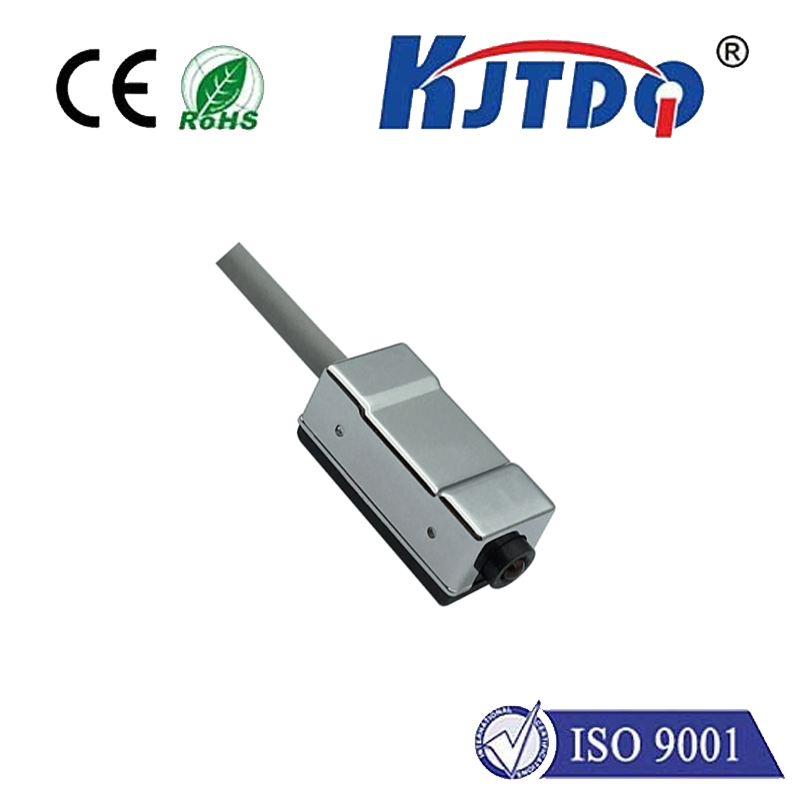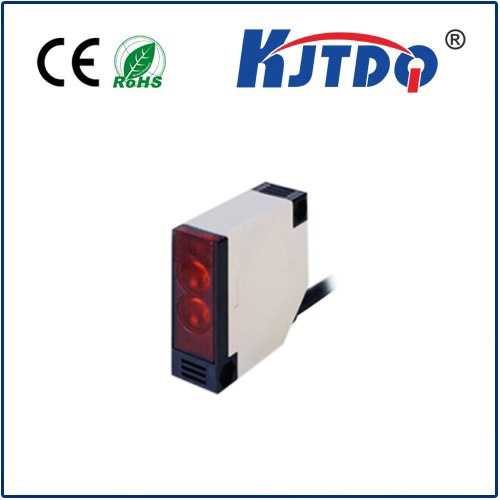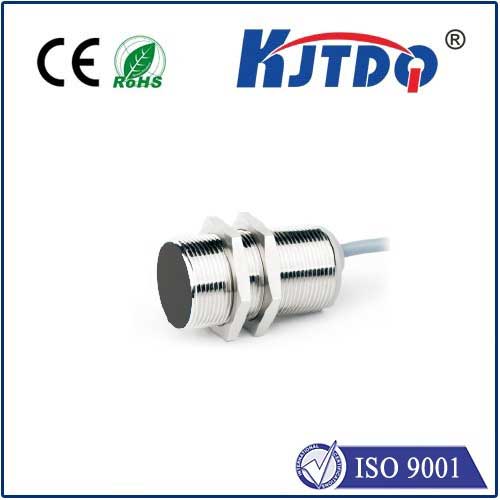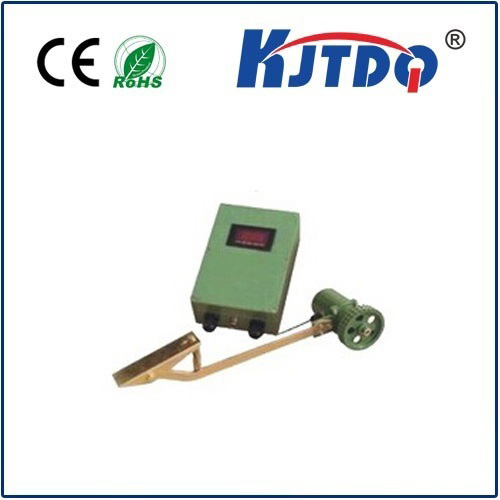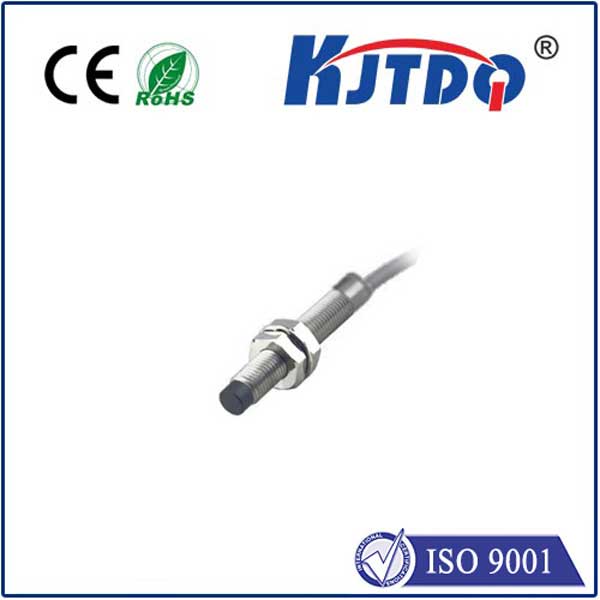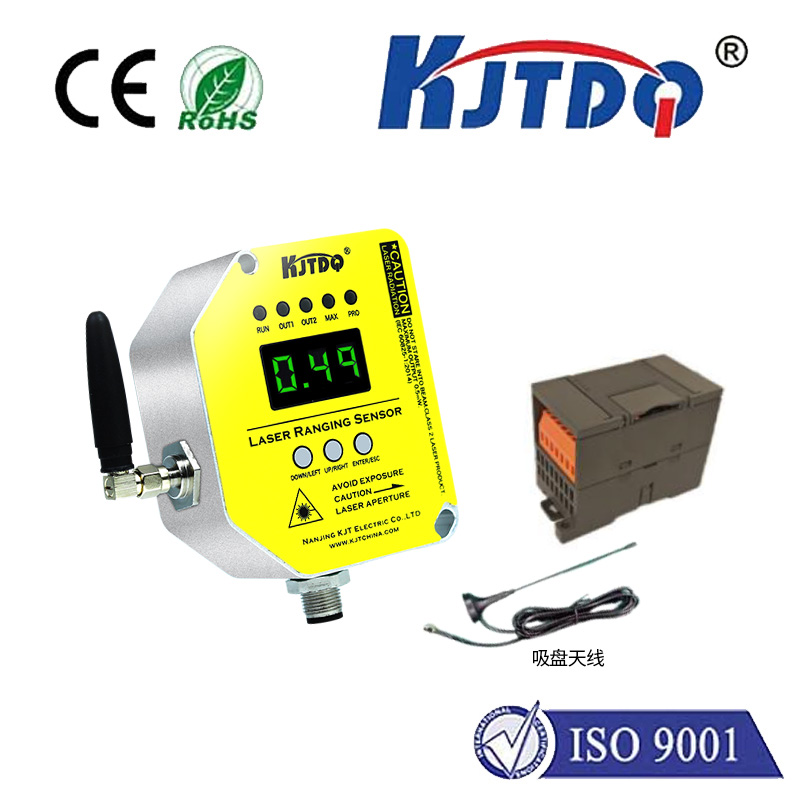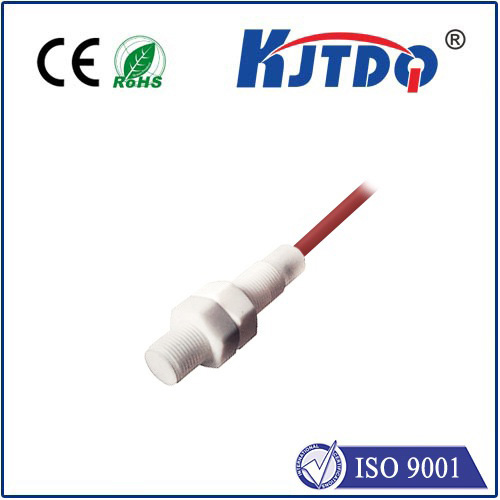

check

check

check

check

check

check

check

check

check

check
Adjustable Photoelectric Sensor: A Revolutionary Technology in the Field of Automation
In today's rapidly evolving world, technology has become an integral part of our lives. From smartphones to smart homes, we are surrounded by devices that make our lives easier and more convenient. One such technological advancement is the adjustable photoelectric sensor, which has revolutionized the field of automation.
Photoelectric sensors are devices that use light to detect objects or measure distances. They are widely used in industries such as manufacturing, packaging, and logistics, where they play a crucial role in automating processes and improving efficiency. However, traditional photoelectric sensors have limitations in terms of their adjustability and flexibility, making them less suitable for certain applications.

The adjustable photoelectric sensor overcomes these limitations by offering a range of adjustments that allow it to be customized according to specific requirements. This makes it an ideal solution for industries that require precise measurements and detection, as well as those that operate in changing environments.
One of the key features of the adjustable photoelectric sensor is its ability to detect objects at varying distances. This is achieved through the use of different lenses and filters, which can be easily swapped out depending on the application. For example, if a sensor needs to detect small objects at close range, a lens with a narrower field of view can be used. On the other hand, if a sensor needs to detect large objects at a greater distance, a lens with a wider field of view can be employed.
Another advantage of the adjustable photoelectric sensor is its ability to adjust sensitivity levels. This allows users to fine-tune the sensor's response to different types of materials and surfaces, ensuring accurate detection even in challenging conditions. For instance, if a sensor needs to detect transparent objects, it can be adjusted to ignore reflections and focus solely on the object itself.
In addition to its adjustability, the adjustable photoelectric sensor also boasts high accuracy and reliability. It is capable of detecting objects with precision down to micrometers, making it suitable for applications that require precise measurements. Moreover, its robust construction ensures that it can withstand harsh environmental conditions, such as extreme temperatures and dusty environments.
The adjustable photoelectric sensor has numerous applications across various industries. In manufacturing, it can be used to automate quality control processes by detecting defects or measuring product dimensions. In packaging, it can ensure that products are properly aligned before being sealed or labeled. In logistics, it can monitor inventory levels and track shipments in real-time.
Furthermore, the adjustable photoelectric sensor can also be integrated into advanced automation systems, such as robotic arms and conveyor belts, to further enhance efficiency and productivity. By providing real-time feedback and enabling seamless integration with other components, these systems can operate more efficiently and reduce errors caused by human intervention.
In conclusion, the adjustable photoelectric sensor represents a significant advancement in the field of automation. Its adjustability, accuracy, and reliability make it an ideal solution for industries that require precise measurements and detection. As technology continues to evolve, we can expect this revolutionary sensor to play an increasingly important role in shaping our future.

